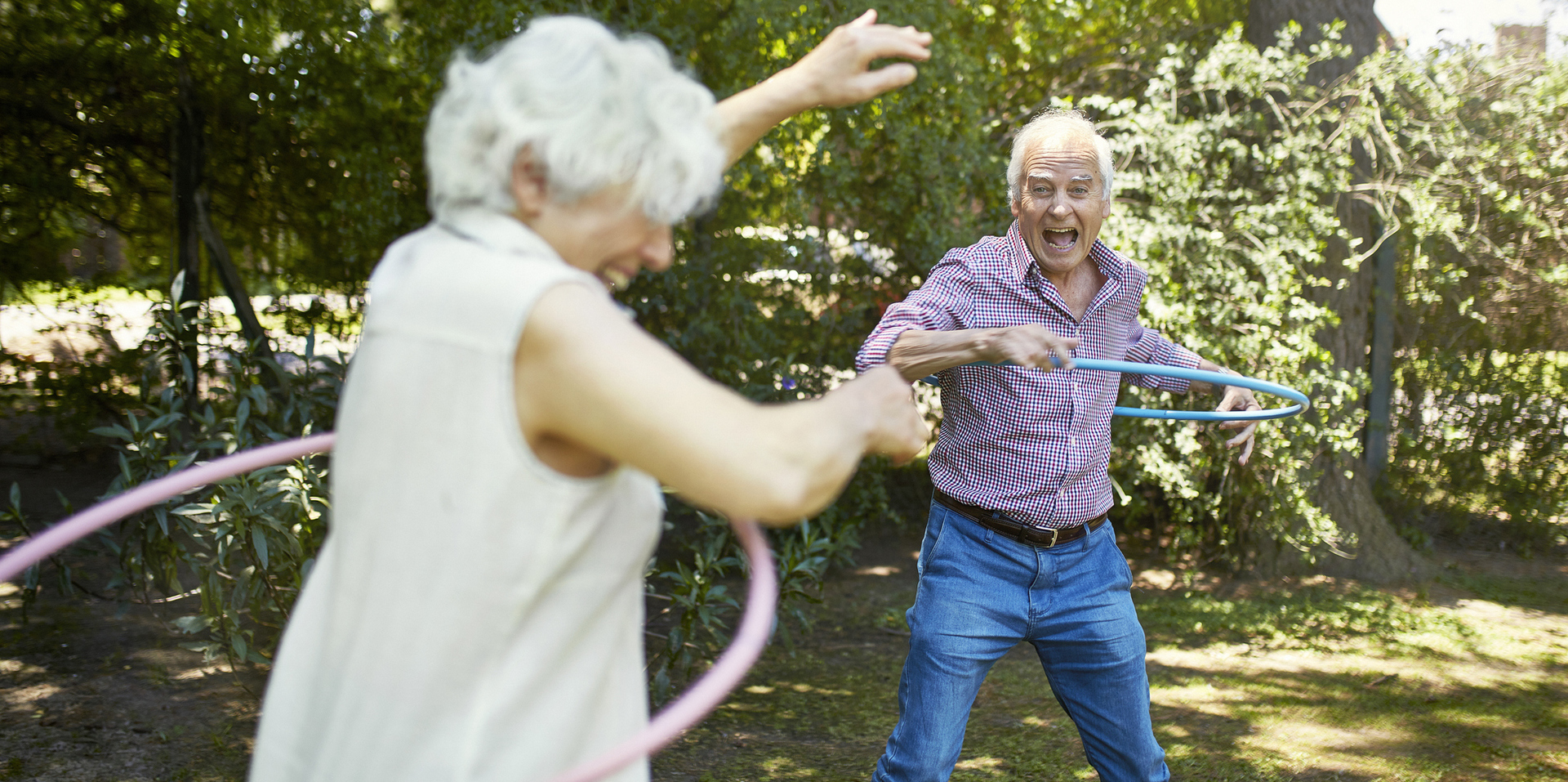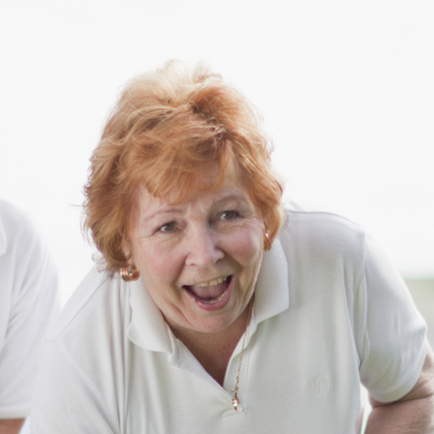
“Last week I was walking up what I used to think was a hill and I thought to myself, 'This isn't a hill it's only a slope'. I am certainly feeling stronger."
Sharon, 60 years
People over 50 years of age are more at risk of weakening bones due to natural aging processes, reduced calcium absorption, declining hormone levels, and lifestyle factors like sedentary behaviour and inadequate exercise.
The rate of muscle loss in people is much faster the more sedentary the lifestyle.
The rate of loss varies from person to person but generally it increases as people get older.
An adult in their 50’s can expect to lose between 1%-2% of their muscle mass per year
An adult in their 60’s can expect to lose between 3%-4% of their muscle mass per year
An adult in their 70’s can expect to lose between 5%-6% of their muscle mass per year
An adult in their 80’s can expect to lose between 7%-8% of their muscle mass per year

By the age of 70, we may have lost up to 50% of our muscle mass.









